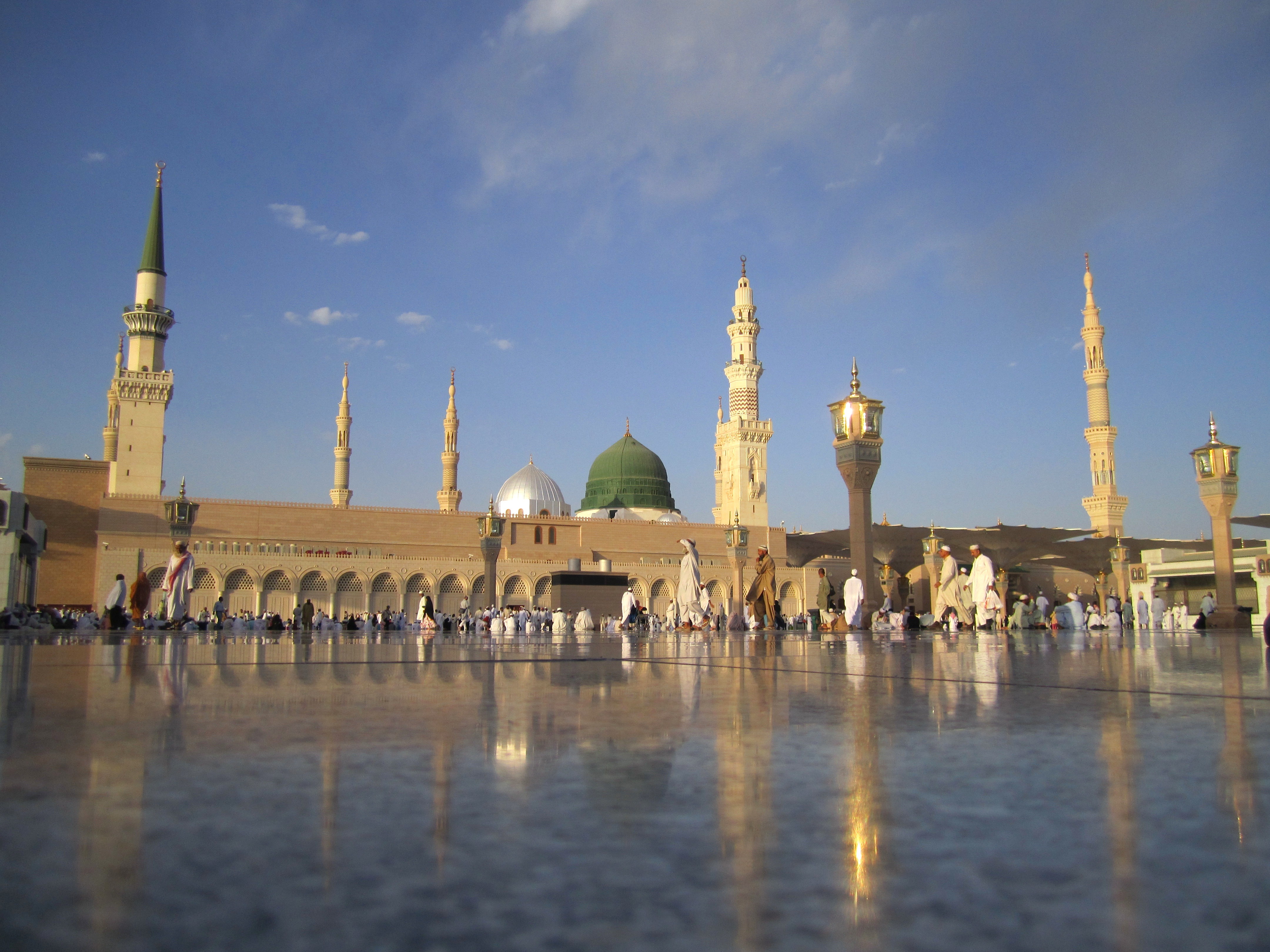OK, here it is at last–a description of our Pusan trip. If you recall, I went down to Pusan last Wednesday via KTX train, and my family joined me on Thursday evening. The train terminates at Pusan Station, and we took taxis from the station to Haeundae, a beach resort town about 14 kilometers east of Pusan. In November, the BEXCO Mall and Convention Center in Haeundae will serve as the epicenter for the APEC Summit, arguably the single biggest event of the year in Korea.
On Wednesday evening when I arrived in Pusan, I didn’t do much other than wander the streets of Haeundae. It’s a fun town straddling the beach. Haeundae offers shades of Waikiki, Hawaii with a sandy crescent-shaped beach, high-rise hotels, and a boardwalk that stretches the entire length of the beach. The beach area is flat, but to the east and west of the beach the Korean coastline grows mountainous and rocky, forming a nice, picturesque coastline. Haeundae features some western restaurants, including Outback Steakhouse and McDonald’s. It has a fish and produce market as well as a small shopping area. Haeundae is not as trendy or upscale as Seoul, although the hotels and beach area are first class.
On Thursday and Friday, I worked. When my family came in around 6 p.m. on Thursday, we went out for dinner at a Korean restaurant. The highlight of the evening emanated from the train crossing next to the restaurant. Each time we heard a train pass, my son jumped up and went to the window to watch. He is so infatuated with trains! We played a game called, "Listen for the Train." On Thursday evening, we went out to dinner again, this time to a restaurant reputed to have the best bulgogi (Korean barbeque) in Korea. The grilled bulgogi was delicious, and the restaurant’s ambiance was stellar. The restaurant is actually a collection of traditional-style buildings facing a long walkway stretching from the front gate to the kitchen. It is a very large place, obviously very popular because of its size and opulence. As is customary in many Korean restaurants, customers take off their shoes at the door and sit on floormats and dine at low-lying tables. Korean traditional tables often feature large, round openings that cradle woks or cooking pots. At this restaurants, ceramic pots filled with charcoal grilled the bulgogi. Most Korean bulgogi is grilled over small propane stoves built into the table. The best tasting bulgogi, however, is grilled over hot coals. That, and the special way the bulgogi beef was prepared, made the bulgogi a sumptuous alternative to run-of-the-mill bulgogi. The side dishes, or panchan, at this restaurant were tasty, but nothing to rave about.
During my visit to Pusan, I met many Americans who live in Pusan, Daegu, and Ulsan, among other places. Most serve in the U.S. military, but some work for companies in remote locations along the coast. It was especially interesting to meet an American working at a civilian nuclear power plant as well as the family of another American working on an oil rig south of Pusan. The family came by boat from their remote Korean island just to visit me and ask me questions. I was happy to oblige.
We didn’t have much time to enjoy Paradise Hotel in Haeundae. I worked all day, and when I finished, my family went out and explored the town. On Saturday, we checked out of the hotel and took a taxi back to Pusan Station. We stashed our luggage in a locker at the train station and then spent our final hours in Pusan visiting Beomeosa, one of Korea’s oldest and most famous temples. Over 1,300 years old, the temple was first built during the Shilla Dynasty period. It has since been rebuilt frequently. Only four stone pillars at the temple’s entrance remain from the original temple site. Built on a mountain about 18 kilometers north of downtown, Beomeosa is well worth the long subway ride. Take the Orange Line from Pusan Station to Beomeosa Station. It’s about a 40-minute ride and costs just 1,000 won each way (about $1.00). We made the mistake of taking a taxi to Beomeosa, and we spent far more time and money getting there by taxi than we did returning by subway. We did not know what to expect at the temple, but we were happily surprised to find that the temple was hosting a conference and Founder’s Day celebration. We wandered around the temple and enjoyed the colorful, festive lanterns, free tea and cheap vegetarian food, and watched Buddhist faithful converge on the temple to pray, gather, and enjoy a free music concert. We also saw a small, lively Founder’s Day parade. It was utterly fascinating! The temple was abuzz with more activity than I have ever seen at any Buddhist temple. I was glad that we stumbled unintentionally upon such a festive occasion.
Gaecheonjeol Day (개천절), or Founder’s Day, celebrates the birth of mythical first Korean ancestor, Dangun (단군), who founded the Korean nation. Although the existence of Dangun has not been proven (the North Korean Government claims Dangun’s tomb was unearthed near Pyongyang), Dangun represents the birth of the Korean nation and embodies the traditional spirit of Korea. Dangun is an indigenous figure not directly associated with Buddhism. However, modern Korean Buddhism has embraced Dangun as a holy figure, and in Korea, Dangun, ancestor worship, and Shamanism all have intermingled with Korean Buddhism. Hence, on Founder’s Day a large celebration of the birth of Dangun was held in a Buddhist sanctuary. We are not Buddhist, but we thoroughly enjoyed our visit to the temple.



